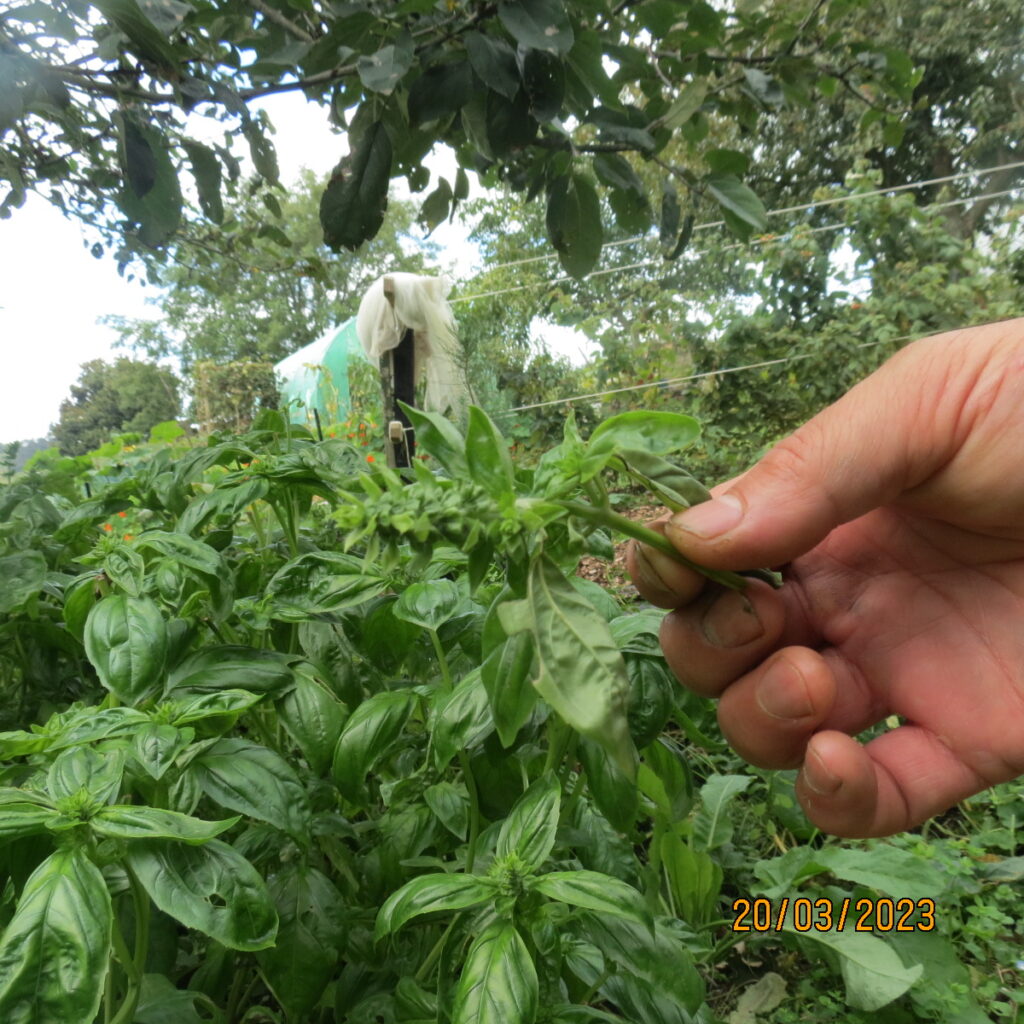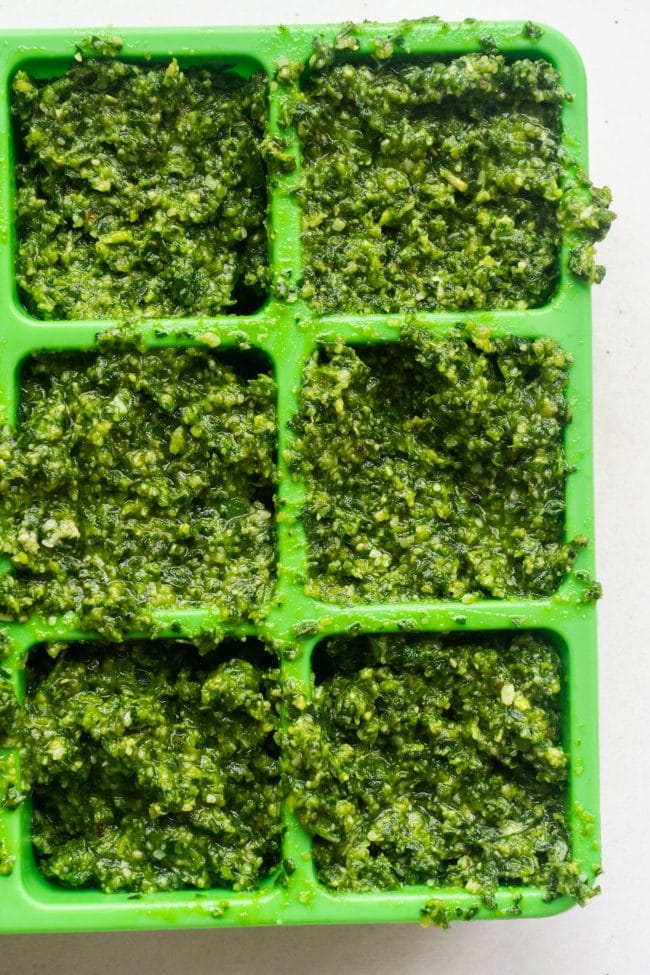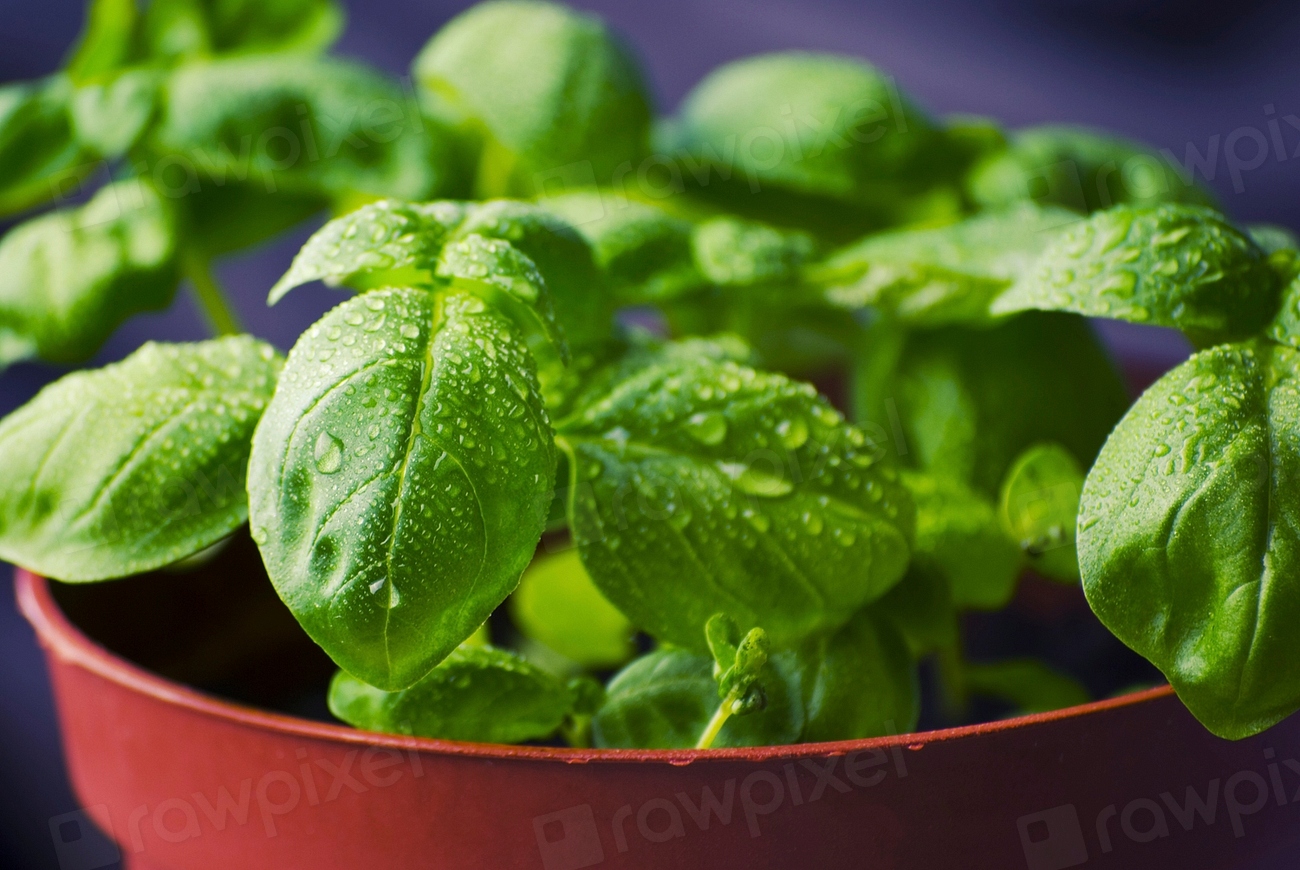Ocimum basilicum
A popular herb
Basil is a popular herb in Italian and Asian dishes. Basil grows best in warm temperate areas. Basil plants will die back in cold winters and frost will kill it. Plant basil in a protected area with half to full sun. Basil prefers soils rich in organic matter and regular feeding to keep the plants growing vigorously. Healthy basil leaves will be tender and full of flavor.
Planting
- Seed Depth: Sow seed at a depth about 0.5 cm (1/4 inch), about three times the diameter of the seed. Sow in seed trays and then plant out as seedlings when the average temperature reaches 16 oC.
- Space between plants: 20-25 cm.
Expected harvest
8 – 11 weeks
Care
- A pH range of 6.0 to 7.5 is best.
- Fertilize sparingly, using an organic 5-10-5 fertilizer once or twice during the growing season or scatter sheep, chicken or rabbit pellets, and water in.
- Use a liquid fertilizer or tea at one-half the label recommended strength every four to six weeks for indoor plants and every three to four weeks for basil grown outside in containers.
Tips and tricks
- Basil will appreciate some shade in summer. Dehydrated plants will turn woody and leaves will become pointy and taste bitter.
- Basil is frost tender, so avoid winter plantings. Grow in pots during the winter months
- Pick out the top shoot to encourage bushy growth
- There are many varieties available to try. Asian basil tends to have smaller, thinner leaves. Basil varieities are great space fillers in the garden and come in a variety of colours also.

Temperature
Because the seasons can be variable in terms of temperature it is useful to know the temperature tolerance of your plants. For basil a frost will kill the plant or seedling and cold temperatures at night will cause blackening and eventual death. There are a number of websites available that provide temperature statistics for most areas globally. Using greenhouses or cold frames will give you a longer season.
In the Hamilton, Waikato region for example, established plants will probably feel the cold in April and it wouldn’t be a good idea to transplant any seedlings outside until November.
| Temp (F) | Temp (C) | Temperature effect |
|---|---|---|
| 32 | 0 | Frost damage & death after brief exposure. |
| 50 | 10 | Cold damage: black leaves & death after long exposure. |
| 60 | 16 | Temperature to transplant outside. |
| 70 | 21 | Ideal for basil growth. |
| 95 | 35 | Basil growth begins to slow. |
Get an idea of temperature ranges in Aotearoa NZ
Companion plants
Basil, thanks to its fragrant leaves, provides protection to a number of other plants in the vegetable garden by deterring a number of pesky insects at the same time attracting pollinators, if you let the flowers grow. Here are a few common plants that benefit from growing basil nearby.
- Tomatoes. Basil is notably beneficial against the tomato fruit worm. While one’s influence on the other’s flavor is debatable, basil has been shown to increase the yield of tomato plants when planted together.
- Asparagus. The combination of basil and asparagus appeals to ladybugs in particular, which helps control the presence of aphids and other pests in the garden.
- Borage. Borage, a flowering herb with blue star-shaped blossoms, is a big favorite of pollinators in general, and it also works to repel bugs that are harmful to basil’s other companions, like tomatoes.
- Chamomile, oregano, and chives. Basil can be planted next to some flowering herbs, like chamomile, chives, and oregano, which increase the strength of the essential oils in their herb garden neighbors. This makes basil more flavorful in culinary applications and effective in the garden as a pest deterrent. Basil cannot be planted next to other herbs, like sage or rue.
- Marigolds. Marigolds and basil are a natural insect-repelling pair, so plant them nearby one another to double up on a potent aromatic shield.
- Peppers / Capsicums. Basil is doubly effective for peppers, both repelling garden pests and providing dense ground cover. Peppers prefer humidity, and basil works to trap heat and moisture.
- Root vegetables. The leafy green tops of parsnips, radishes, turnips, carrots, and beets all benefit from the pest-repelling aromas of a nearby basil plant.
- Beans
Preservation:
We make pesto for a range of meals including pasta and as a topping for other dishes like cauliflower bake. To have pesto always available pick in season and make a big batch of pesto. Freeze in silicone ice cubes for use throughout the year.

Recipes
Not sure what to do with basil, here’s a link to the food network with a great list of ideas you may like to use.

